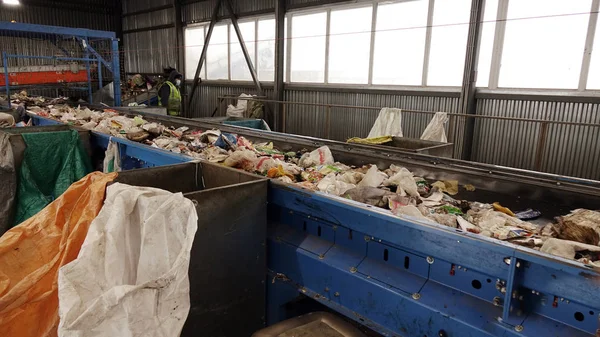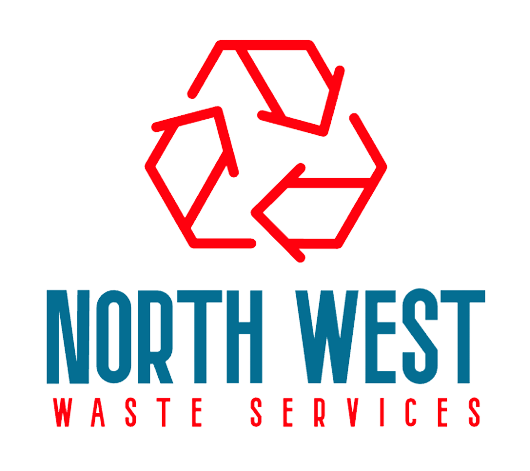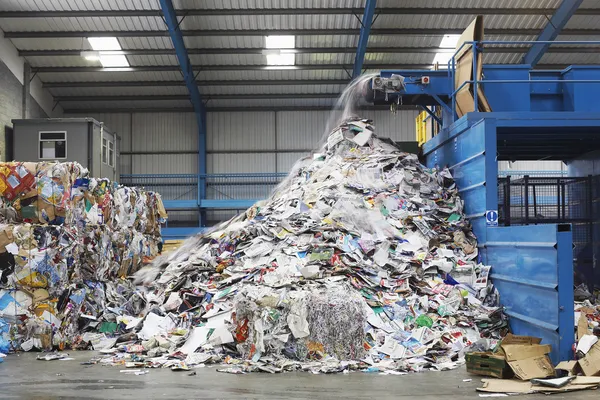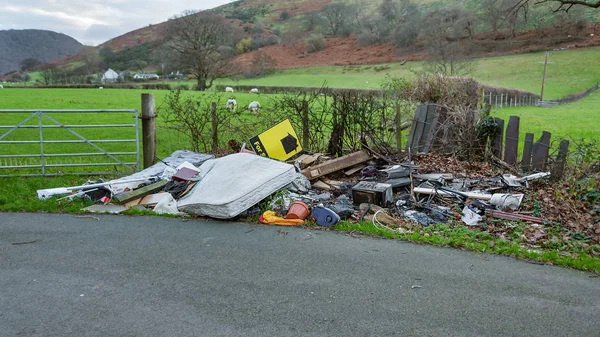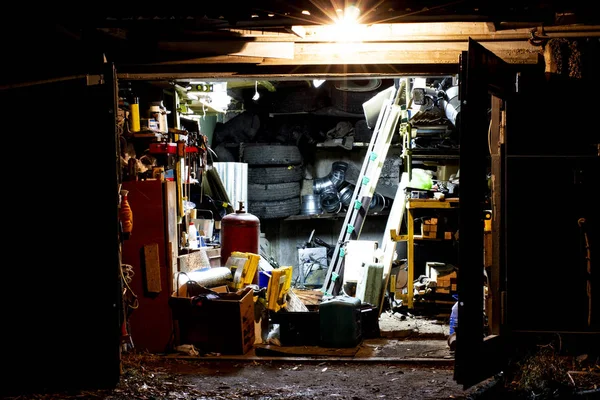Segregation of waste refers to the process of separating different types of waste into different categories so that they can be managed and disposed of appropriately. This is an essential step in effective waste management, as it allows for the efficient handling and processing of waste materials.
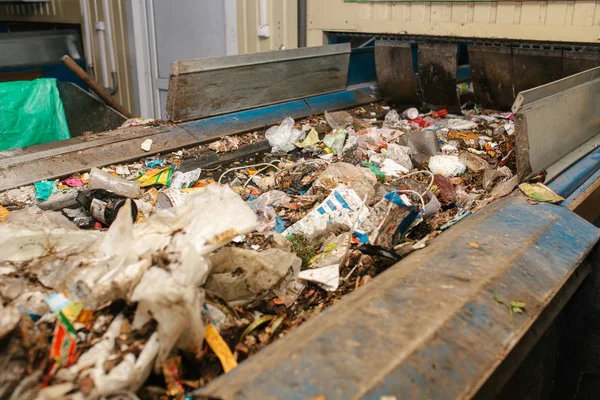
Segregation can be performed at the source of waste generation, such as households, offices, or industrial facilities. Common categories for segregation include recyclables, organic waste, hazardous waste, and general waste.
Recyclables, such as paper, glass, and metal, can be reused and processed into new products, thus reducing the amount of waste sent to landfills and conserving resources. Organic waste, such as food and yard waste, can be composted, turning it into a valuable soil amendment. Hazardous waste, such as chemicals and batteries, must be handled with care and disposed of properly to minimize its negative impact on the environment and public health.
Segregation of waste not only helps to conserve resources, reduce waste, and minimize environmental impacts, but it also makes the waste management process more efficient and cost-effective. By ensuring that waste is handled and disposed of appropriately, we can create a cleaner and safer world for future generations.
